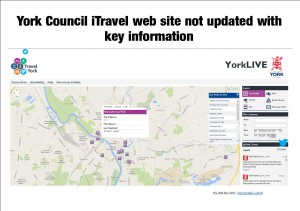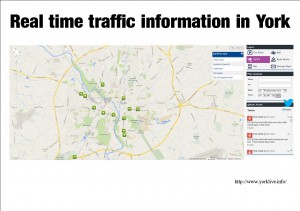One of the checks and balances on the power of Council Cabinets/Executives has been the requirement that their members answer question form backbench members at full Council meetings.
Questions are submitted in writing at least a week before the meeting is scheduled to take place, providing plenty of time for answers to be researched. Until 2011, both questions and written answers were circulated at the beginning of meetings allowing Councillors to ask “follow up” questions.
That protocol was abandoned in 2011 when the new Labour administration decided to circulate answers several days after the meeting had taken place. Effectively this removed any possibility of challenge through supplementary questions.
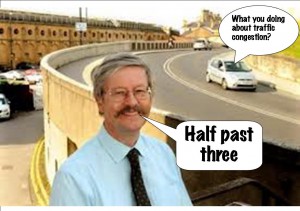
The management of York Council meetings has deteriorated to the point where questions re rarely reached these days anyway. 70% of the items on the Council agenda were not reached at its last meeting. Business was simply voted through without discussion.
The lack of scrutiny provides unscrupulous Cabinet members with an opportunity to avoid answering difficult questions.
At the meeting on 12th December Cllr Merrett was asked the following question.
“On the Lendal Bridge/Coppergate restrictions could the Cabinet Member confirm the following figures:
- The number of appeals lodged each week since the beginning of August against PCNs issued for contraventions of traffic restrictions on Coppergate and Lendal Bridge
- The number of appeals which have been successful each week
- The total revenue that the Council has received so far from PCNs following the introduction of the new restrictions on Coppergate and Lendal Bridge
- The weekly changes to journey times (all modes of transport) on each arterial road and on each section of the inner ring road since the introduction of the new traffic restrictions
- The numbers of accidents reported on roads in the City centre comparing the last 3 months with the equivalent period in 2012
- The latest air quality monitoring reports for key sites in and close to the City centre, including the Leeman Road area, and comparing these with last year?”
This expecting a short factual answer will have been disappointed. None of the requested numbers were provided.
The reply read
“Data is being ‘harvested’ for vehicle travel times across the city and far more detailed information will be published when this data becomes available in the new year.
Travel time data for radial arterial routes for Park and Ride has already been published and this clearly demonstrates that that the restriction has not led to the ‘dire effect on traffic’ nor the gridlock as anticipated by some.
Traffic flow data for these radial routes reinforces this – the flows are very similar comparing this year to last year.
Buses using the bridge are showing significant reductions in travel times – with average travel times Clarence Street to Rougier Street reducing by 4 to 5 minutes and 2 to 3 minutes in the reverse direction.
Improvements in vehicle flow have been observed at the Station Frontage, Lendal Arch Gyratory, Museum Street, St Leonards Place, Bootham, Gillygate, Clarence Street and Lord Mayors Walk.
Water End has seen an increase in traffic volume (as was predicted) although Clifton Green is generally coping well with the additional traffic, albeit with some late afternoon pressures at the junction. Signal adjustment has been undertaken and the situation continues to be closely monitored on a day to day basis via CCTV.
Skeldergate Bridge, Walmgate Bar and Foss Islands Road have seen increases in traffic (as was predicted) and some increase in the level of delay.
The traffic control centre continues to actively manage the traffic to help minimise the impact.
e) The numbers of accidents reported on roads in the City centre comparing the last 3 months with the equivalent period in 2012
There is a lag of 3 to 4 months between an accident being reported to the police and it being available for analysis on our accident database. People have 28 days to report injury accidents and the data then requires inputting and validating by the police and the council. Data for Sep, Oct, Nov 2013 will become available in the new year.
For information the total number of accidents on roads within the city centre (inner ring road boundary) for 2012 are:
IRR – 01/09/2012 to 30/11/2012 (all times of day)
Fatal = 0
Serious = 1
Slight = 28
IRR – 01/09/2012 to 30/11/2012 (between 10:30 – 17:00 hrs)
Fatal = 0
Serious = 0
Slight = 12”
As a result of the evasion, the requested information is likely to be the subject of a Freedom of Information request.

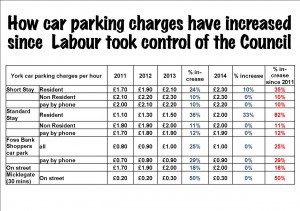
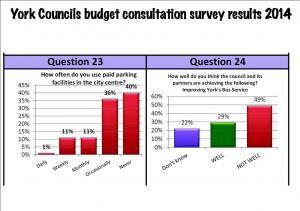

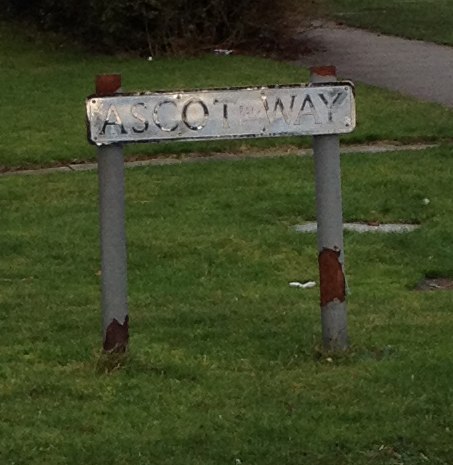


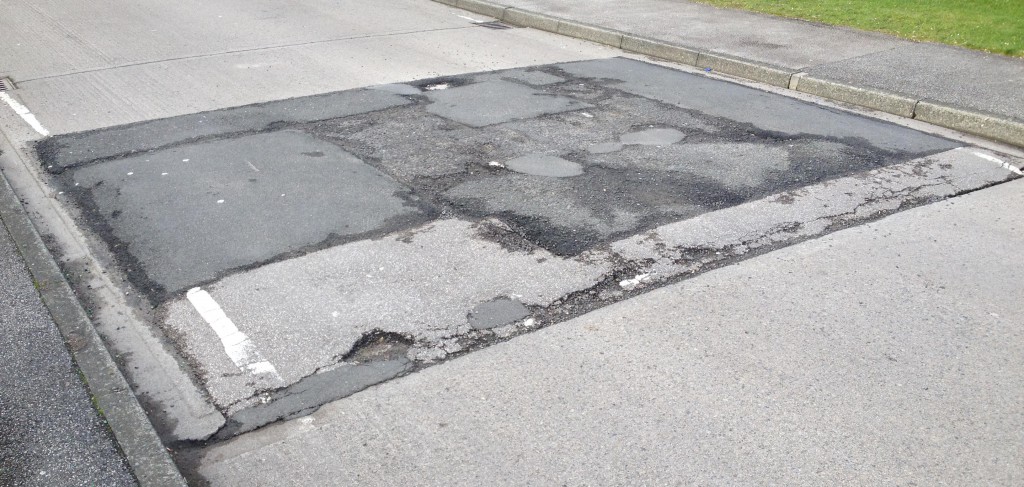


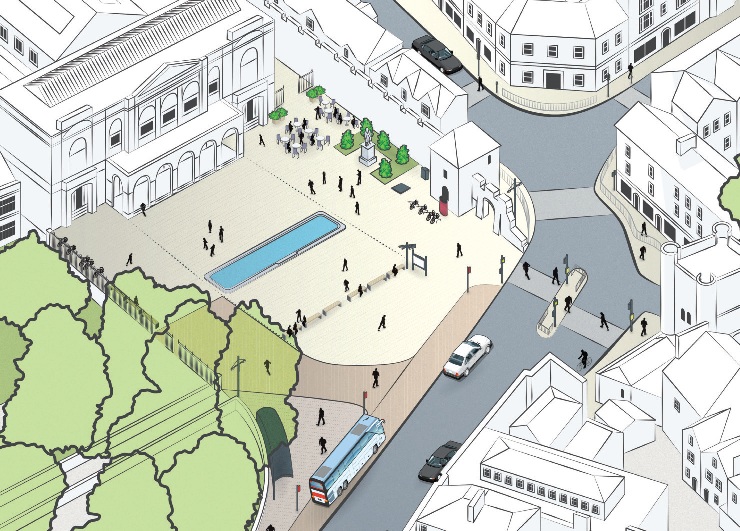
 ‘All York’ is a range of tickets that enable passengers to travel on any local bus services within the York boundary, making it possible to travel on different bus companies’ services, using just one ticket at a low price.Ticket types include:
‘All York’ is a range of tickets that enable passengers to travel on any local bus services within the York boundary, making it possible to travel on different bus companies’ services, using just one ticket at a low price.Ticket types include:
